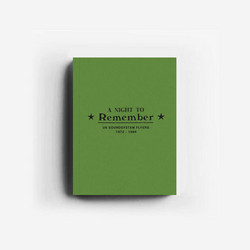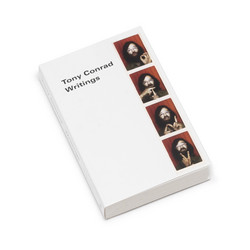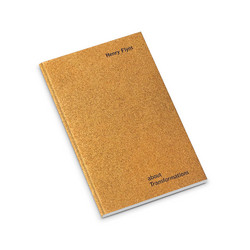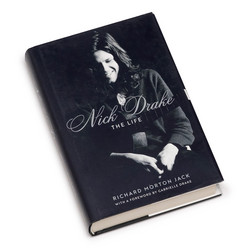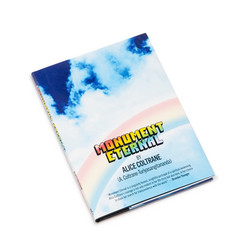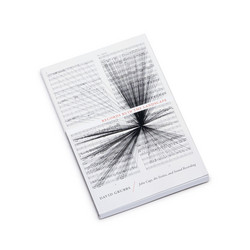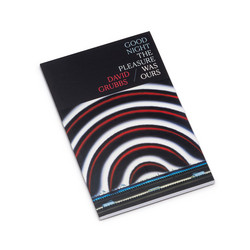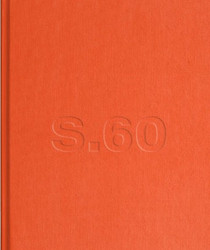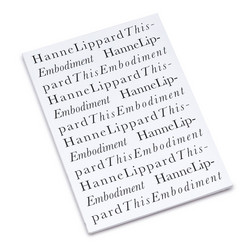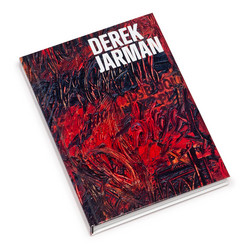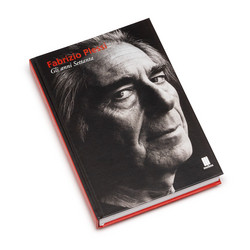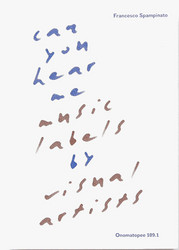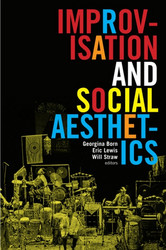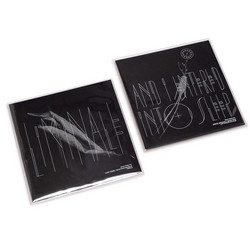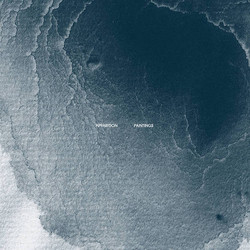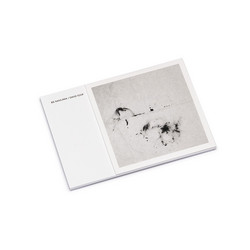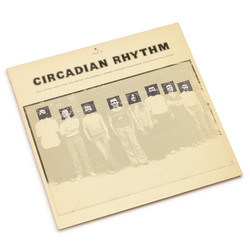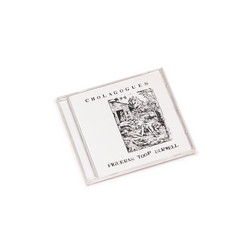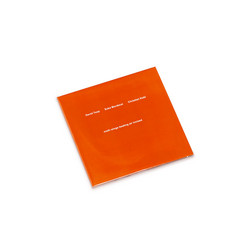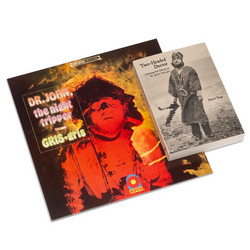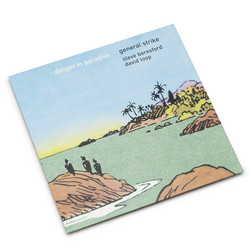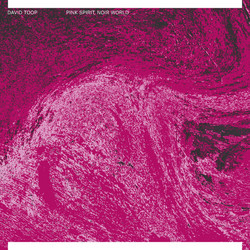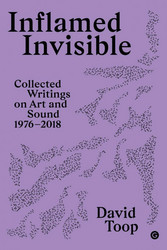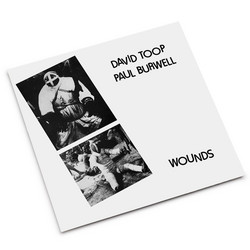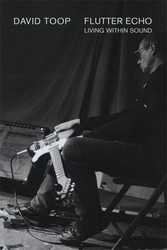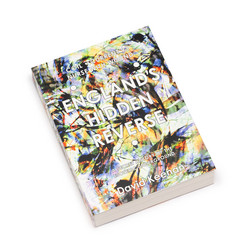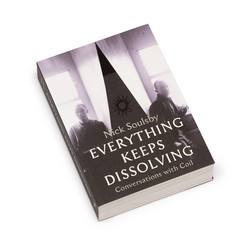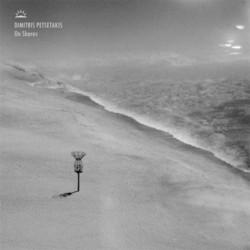We do require your explicit consent to save your cart and browsing history between visits. Read about cookies we use here.
David Toop
Two-Headed Doctor: Listening for Ghosts in Dr. John's Gris-gris (Book)
Somewhere between puzzle, experimental rhythm, blues disguised as rock, and elaborate hoax, Gris-gris was a collaborative project between Rebennack and producer/arranger Harold Battiste (at the time musical director for Sonny & Cher). A few brief sessions held at Gold Star Studios in Los Angeles brought together many of New Orleans' finest musicians, including Shirley Goodman, John Boudreaux, Plas Johnson, Jessie Hill, Ernest McLean, and Tami Lynn. Along with their complex histories, the cast of characters implicated in the story includes Ornette Coleman, Lafcadio Hearn, Zora Neale Hurston, Cher, Sonny Bono, Sam Cooke, Ishmael Reed, Black Herman, Prince La La, and many others. The story details in discursive style the historical context of the music, how it came together, its literary sources, production and arrangements, and the nature of the recording studio as dream state, but also examines as a disturbing undercurrent the volatile issue of race in twentieth-century music, the way in which it doomed relationships and ambitious projects, exploited great talents, and distorted the cultural landscape.
Paperback with flaps, 148mm x 210mm, 300 pages (approx)
Related products
More by David Toop
More from Strange Attractor Press
Recently viewed
Become a member
Join us by becoming a Soundohm member. Members receive a 10% discount and Free Shipping Worldwide, periodic special promotions and free items.
Apply hereSoundohm is an international online mailorder that maintains a large inventory of several thousands of titles, specialized in Electronic/Avantgarde music and Sound Art. In our easy-to-navigate website it is possible to find the latest editions and the reissues, highly collectible original items, and in addition rare, out-of-print and sometime impossible-to-find artists’ records, multiples and limited gallery editions. The website is designed to offer cross references and additional information on each title, as well as sound clips to appreciate the music before buying it.
Soundohm is a trademark of Nube S.r.l.



